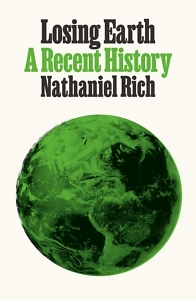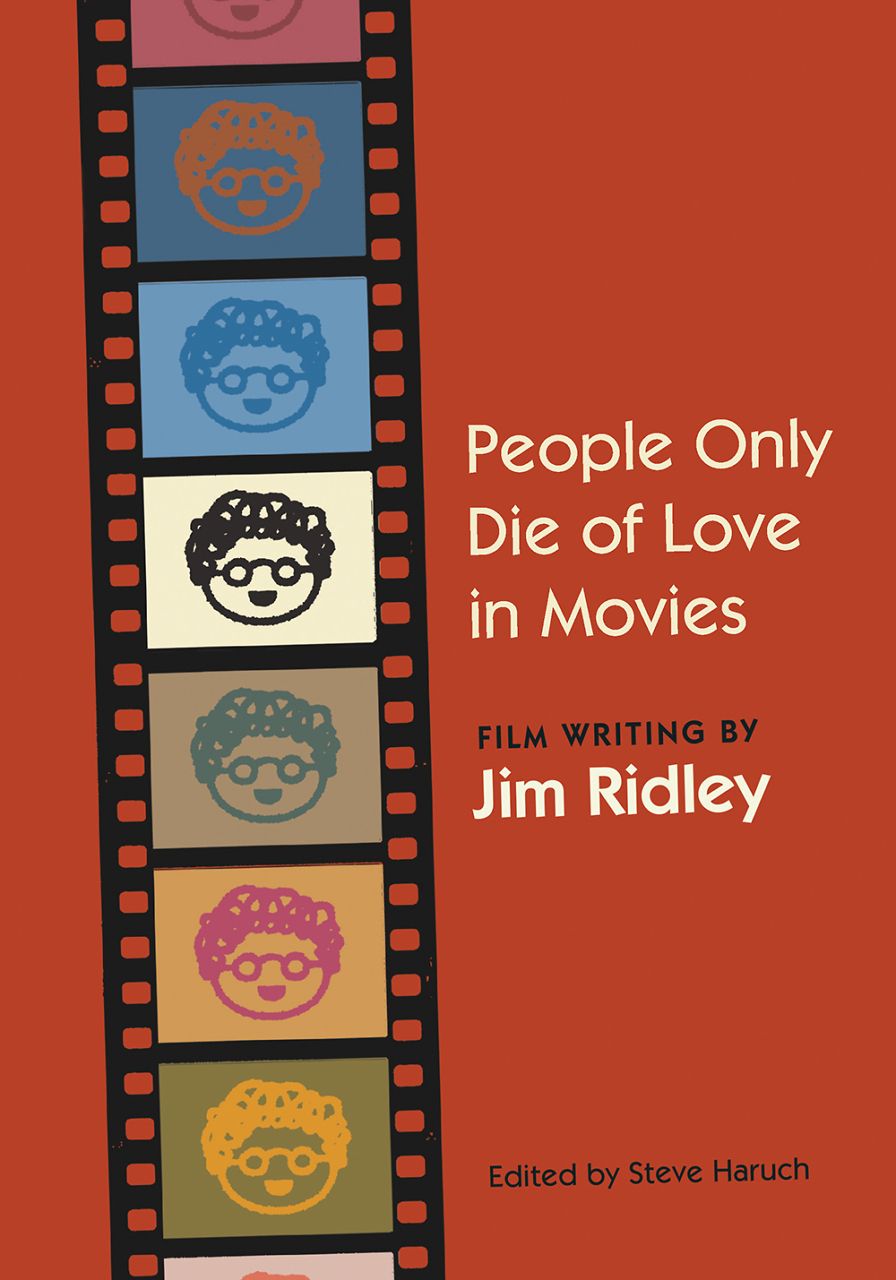When Science Was Bipartisan
Nathaniel Rich looks back at a decade when addressing climate change seemed well within our grasp
Long before Alexandria Ocasio-Cortez and the Green New Deal, long before An Inconvenient Truth and WALL-E, there was Edward Teller, a physicist best known as the father of the hydrogen bomb. In 1959 he addressed a gathering of oil executives in New York, warning against the long-term impact of fossil fuels: a Cassandra athwart the coal mines. No tree-hugging liberal, Teller grasped that the future of humanity—and the future of corporate profits—were inextricably bound up in our planet’s health, in our species’ ability to adapt in the face of sudden, toxic peril.

This is just one of many revelatory anecdotes in Nathaniel Rich’s richly drawn, propulsive Losing Earth, an expansion of last year’s acclaimed New York Times Magazine essay. Rich tracks a through-line over a single decade, 1979-1989, when American and international interests aligned. From the fabricated canyons of Manhattan to the coral reefs of the Pacific, governments and captains of industry alike considered the science and resolved to do something about it. As Rich writes in his introduction, “Nearly everything we understand about global warming was understood in 1979,” its central points widely accepted: “The conditions for success were so favorable that they have the quality of a fable.”
Rich narrates his fable with the bite and flair of a seasoned journalist, vividly capturing the dance of Wall Street and Washington and the way progress was derailed by greed and partisan battles. At the center of his tale are Jim Hansen, a NASA scientist committed to the study of climate change, and Rafe Pomerance, a policy wonk and perpetual-motion machine. Throughout the 1980s these two men and their colleagues repeatedly sounded the alarm. The data flowed in, painting a dire portrait.
“The lag between the emission of a greenhouse gas and the warming it produced could last several decades,” Rich observes. “It was like adding an extra blanket on a mild night: it took a few minutes before you started to sweat.” He depicts the way a minute difference in global temperatures—just a Celsius degree or two—could trigger extreme weather events, from superstorms in the Atlantic basin to deserts in Kansas. More prominent actors of the era waltz into and out of view—from James Watt and Dick Cheney to John Sununu and Al Gore, whose fight to cut greenhouse gases has formed the crux of his career—but Rich skillfully keeps a tight focus on the figures just behind the curtain.
 There’s much distinctive storytelling in Losing Earth, and in retrospect it’s startling to see how close Democrats and Republicans came to consensus. Across the political spectrum there was widespread support for aggressive action. During the 1988 presidential campaign, George H.W. Bush attacked his opponent, Michael Dukakis, from the left: “Barnstorming in Alabama, Bush interrupted a speech on space exploration with a mournful reflection on global warming and the fate of Earth,” Rich notes, quoting the former President: “We face the prospect of being trapped on a boat we have irreparably damaged, not by the cataclysm of war but by the slow neglect of a vessel we believed to be impervious to our abuse.” Bush’s metaphor now seems like a poem from another world, and just as effervescent; once he settled in the Oval Office his concerns about climate change evaporated as his party curdled into denial.
There’s much distinctive storytelling in Losing Earth, and in retrospect it’s startling to see how close Democrats and Republicans came to consensus. Across the political spectrum there was widespread support for aggressive action. During the 1988 presidential campaign, George H.W. Bush attacked his opponent, Michael Dukakis, from the left: “Barnstorming in Alabama, Bush interrupted a speech on space exploration with a mournful reflection on global warming and the fate of Earth,” Rich notes, quoting the former President: “We face the prospect of being trapped on a boat we have irreparably damaged, not by the cataclysm of war but by the slow neglect of a vessel we believed to be impervious to our abuse.” Bush’s metaphor now seems like a poem from another world, and just as effervescent; once he settled in the Oval Office his concerns about climate change evaporated as his party curdled into denial.
Losing Earth builds to a forlorn denouement. After the villainous Sununu undermined “the first major diplomatic summit,” held in the Netherlands in 1989, there’s been only stasis (although a global agreement was signed in Rio de Janeiro three years later). Each year heat records shatter; each year ushers in unprecedented rain and drought; each year more polar ice calves into the sea; each year peoples are displaced by rising tides. It’s not hyperbolic to claim, as Rich does, that civilization’s fate hangs in the balance.
But his afterword, an eloquent moral manifesto, sees optimistic signs: carbon emissions have stabilized in the U.S., and younger Americans are forcing their futures onto the front burner by demanding a Green New Deal. Rich catches up to both Hansen and Pomerance, still hard at work, and concludes that we have perhaps a dozen years left to tamp down the global-temperature increase to two degrees Celsius, catastrophic but curable over generations. Losing Earth beautifully underscores what it would mean to lose our Earth, but also plots a few steps—wobbly, tentative—toward saving it.
 Hamilton Cain is the author of This Boy’s Faith: Notes from a Southern Baptist Upbringing and a finalist for a 2006 National Magazine Award. A native of Chattanooga, he lives with his family in Brooklyn, New York.
Hamilton Cain is the author of This Boy’s Faith: Notes from a Southern Baptist Upbringing and a finalist for a 2006 National Magazine Award. A native of Chattanooga, he lives with his family in Brooklyn, New York.


